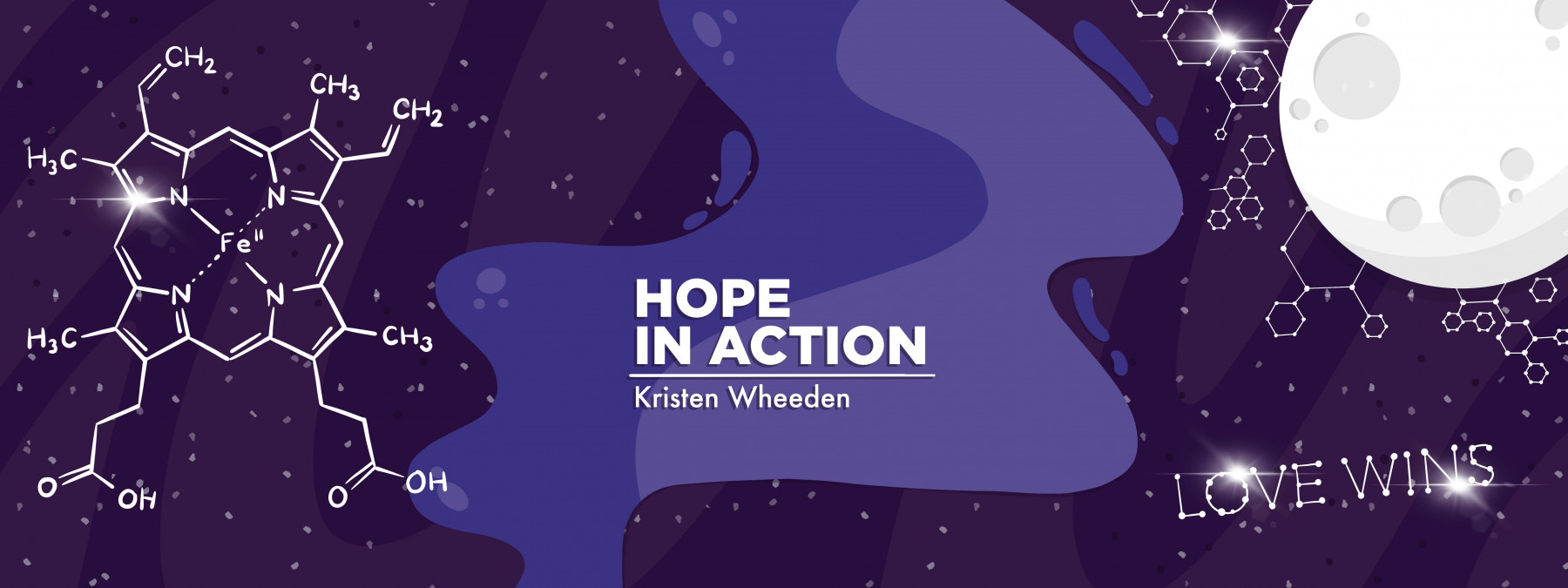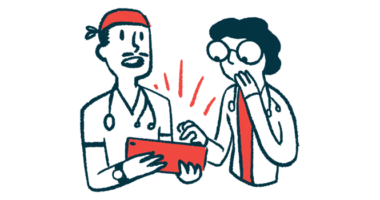Joining forces is crucial to raising awareness of rare diseases
This Rare Disease Day, let's all work together to learn and advocate

In my column, “Hope in Action,” I write about porphyria and the lived experiences of those affected by this group of ultrarare diseases. But for Rare Disease Day today, I want to take a macro view of rare diseases.
According to the National Organization for Rare Disorders, a disease is considered rare when it affects fewer than 200,000 Americans. While each rare disease may affect only a small number of people, combined, these diseases affect a significant portion of the global population.
There are more than 7,000 known rare diseases affecting at least 300 million people worldwide. Unfortunately, many are often underdiagnosed or misdiagnosed, leading to delays in treatment and potentially life-threatening complications. Most rare diseases lack treatments or cures, leaving patients and families with few options for managing symptoms and improving quality of life.
Rare Disease Day is important because it raises awareness about the challenges our community faces. It’s an opportunity to advocate for better care and support for all of those affected by rare diseases. By bringing attention to the impact these conditions can have, we can encourage more research and funding, which can lead to the development of new treatments that can improve patient outcomes and quality of life.
The awareness day also promotes collaboration and solidarity among individuals and organizations who advocate for the rare disease community. By working together, we can pool resources and expertise to develop better strategies for diagnosing, treating, and supporting those affected. Let us use this day as an opportunity to come together and show our support for people with rare diseases.
As the mom of a teenage son with erythropoietic protoporphyria and an advocate with the United Porphyrias Association, I’m doing my part to raise awareness by participating in several Rare Disease Day events.
As I write this, I’m planning to attend a virtual public meeting hosted by the U.S. Food and Drug Administration on Monday to learn about rare diseases and provide my perspective as a caregiver and advocate. Today, I’ll join Rare Disease Day at the National Institutes of Health as a panelist to discuss the importance of additional research and therapies. Tomorrow, I plan to talk with members of Congress about the impact of these diseases as part of Rare Disease Week on Capitol Hill.
I hope that you’ll also take time this week to learn and support those with rare diseases. Alone we are rare, but united we’re a force that can change the world!
Note: Porphyria News is strictly a news and information website about the disease. It does not provide medical advice, diagnosis, or treatment. This content is not intended to be a substitute for professional medical advice, diagnosis, or treatment. Always seek the advice of your physician or other qualified health provider with any questions you may have regarding a medical condition. Never disregard professional medical advice or delay in seeking it because of something you have read on this website. The opinions expressed in this column are not those of Porphyria News or its parent company, Bionews, and are intended to spark discussion about issues pertaining to porphyria.








Leave a comment
Fill in the required fields to post. Your email address will not be published.